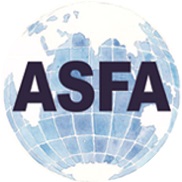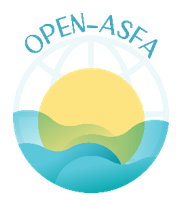Etude de l’helmithofaune de Trigla lucerna provenant de la région de Kallat El Andalous (Tunisie)
DOI:
https://doi.org/10.71754/instm.bulletin.v47.415Keywords:
Parasites, Species diversity, Marine, Trochopus pini, Lecithochirium musculus, Trigla lucerna, Hysterothylacium fabri, Anisakis, Scolex pleuronectis, Kalaât El Andalous, Mediterranean SeaAbstract
124 samples of Trigla lucerna were taken from the fishing port of Kalâat El Andalous in 2018. The examination of parasitic worms in these samples allowed us to note the presence of two species of nematode (Hysterothylacium fabri and Anisakis sp.), one species of monogenea (Trochopus pini). One species of digenea (Lecithochirium musculus) and a single larva of cestoda (Scolex pleuronectis). The predominant parasite in T. lucerna is H. fabri with a frequency of 56.45%. T. pini (18.5%) and S. pleuronectis (P: 16.93%) are two satellite species; L. musculus (P: 7.25%) and Anisakis sp. (P: 0.8%) are a rare species. Some species (T. pini, L. musculus and Anisakis sp.) are specific to a single site. S. pleuronectis seems to have no restricted requirements and occupies two sites; in contrast, H. fabri is a generalist species, present in different organs of its host. The study of parasitic infracommunities has shown that the majority of fish (95%) harbor one or two parasites, so the infracommunities are poor.












